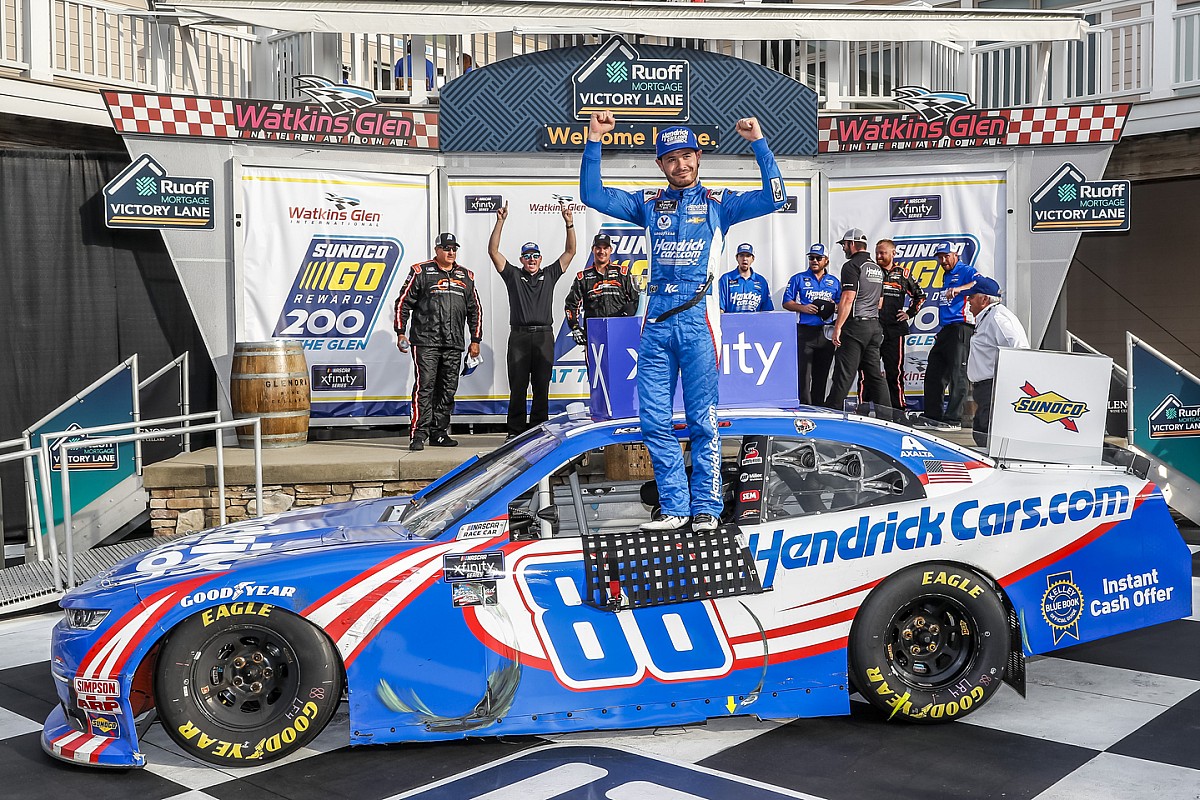
NASCAR's struggle to get female drivers in top tiers of competition has been an issue in the past. The top four female drivers of 2013 were all less than 23 years old. They competed primarily within the Truck Series and ARCA. They were not experienced enough to compete in the Cup Series or Xfinity Series. NASCAR is now trying to change this by hiring more women at all levels of the sport.
Top 10 female NASCAR drivers
The number of female NASCAR drivers is growing as more women become involved in motorsports. This list includes some of the most successful drivers within the sport, although it is not complete. Here are some notable female drivers.

Tammy Jo Kirk
Tammy Jo Kirk was a female nascar driver who has had a successful career. She raced in the lower NASCAR series in the 1990s. She had two pole positions in the All Pro Series and 37 Top 10 finishes. She won the 1994 Snowball Derby.
Janet Guthrie
Janet Guthrie is a retired professional race car driver. She was also the first woman qualified for the Indianapolis 500. Indy 500, her first attempt to compete in it in 1976 was unsuccessful. From 1977 to 1978, she continued to race in the Indy 500, but was unsuccessful.
Louise Smith
Louise Smith is the second woman to compete at the highest level in NASCAR. She is often called the "first lady of racing". Her career was an inspiring one. Smith's success on the track was only one aspect of her accomplishments. She also helped many female drivers achieve their goals.
Julia
Julia is a motivational speaker, professional stock car racing driver, and a professional speaker. She competes as an Alpha Prime Racing driver in the NASCAR Xfinity Series. She is a positive role model for women and encourages girls to pursue their dreams.

Danica Patrick
Danica Patrick was a former professional racing driver. She is also the most successful American open wheel car racer. She is also the only female to have won an IndyCar Series event. She won the Indy Japan 300 in 2008.
FAQ
What rules govern how a racecar should look in racing?
No. Race car designers design the cars however they please.
However, they must comply with certain safety standards.
Where do race car drivers receive their training?
Race car drivers learn to drive by using different methods. Many learn how to drive a regular vehicle. Then they move onto a simulator. A simulator works like a virtual reality game. You are seated in a room and can control a car.
Then you'll take your skills into real life. You'll learn how to navigate around corners and make sharp turns.
After this, you'll be able to compete against other drivers.
What kind of cars are used for racing cars?
Speed is the most important factor for any race car driver. It's what makes them move fast. They must be fast enough to catch up with other drivers, but strong enough to keep the lead. This gives them an advantage as they can catch up to other racers at high speeds and then pull away again from them when they're not looking.
The fastest cars are usually very lightweight. This allows them to accelerate quickly, and gain great speed. They also have less power, so they travel a lot faster. They need to make efficient use of energy.
Engines power most modern-day racing cars. These engines look similar to regular passenger vehicles. These engines are powered by compressed air, instead of petrol. This is because petrol isn't powerful enough to provide enough power to make a car go very fast.
Which car racing sport is the most successful?
The Formula 1 Grand Prix is the world's most prestigious motorsport championship. It was held for the first time in 1950.
What is the purpose of car racing?
Car racing has the purpose of entertaining people. It involves watching cars move at high speeds around a track. It also offers drivers an opportunity to showcase their skills and compete among themselves.
Which car racing has the most spectators?
The Indianapolis 500 Mile Race attracts the largest crowds in North America. Every year, more than 400,000 people watch the race.
It will take place at the Indianapolis Motor Speedway on May 30th and 31st.
Statistics
- In 2009, the slick tires returned as a part of revisions to the rules for the 2009 season; slicks have no grooves and give up to 18% more contact with the track. (en.wikipedia.org)
- In 2013 Ferrari had an estimated team budget of $470 million, while elite IndyCar teams have an estimated annual budget of $15 million, according to FormulaMoney. (businessinsider.com)
- This change may give an improvement of up to 29% fuel efficiency. (en.wikipedia.org)
- Forget the 200-mph battles of the late 1980s; no one, not even McLaren itself, predicted the inimitable F1 would go as fast as it did. (motortrend.com)
- According to AutoSport, IndyCar's top speeds are 380km/h or 236 mph. (motorbiscuit.com)
External Links
How To
How to get involved in motorsports
Learning how to drive is the first thing you should do. Once you're proficient in driving, you are ready to race. A team is necessary if you are to race professionally. To do this, you must demonstrate your ability to communicate well with others and also show that you understand what it takes to win races. You also need to be willing put yourself at risk and take responsibility for your safety. If you are interested in becoming a professional driver, it is important to study the sport and learn all aspects of driving.